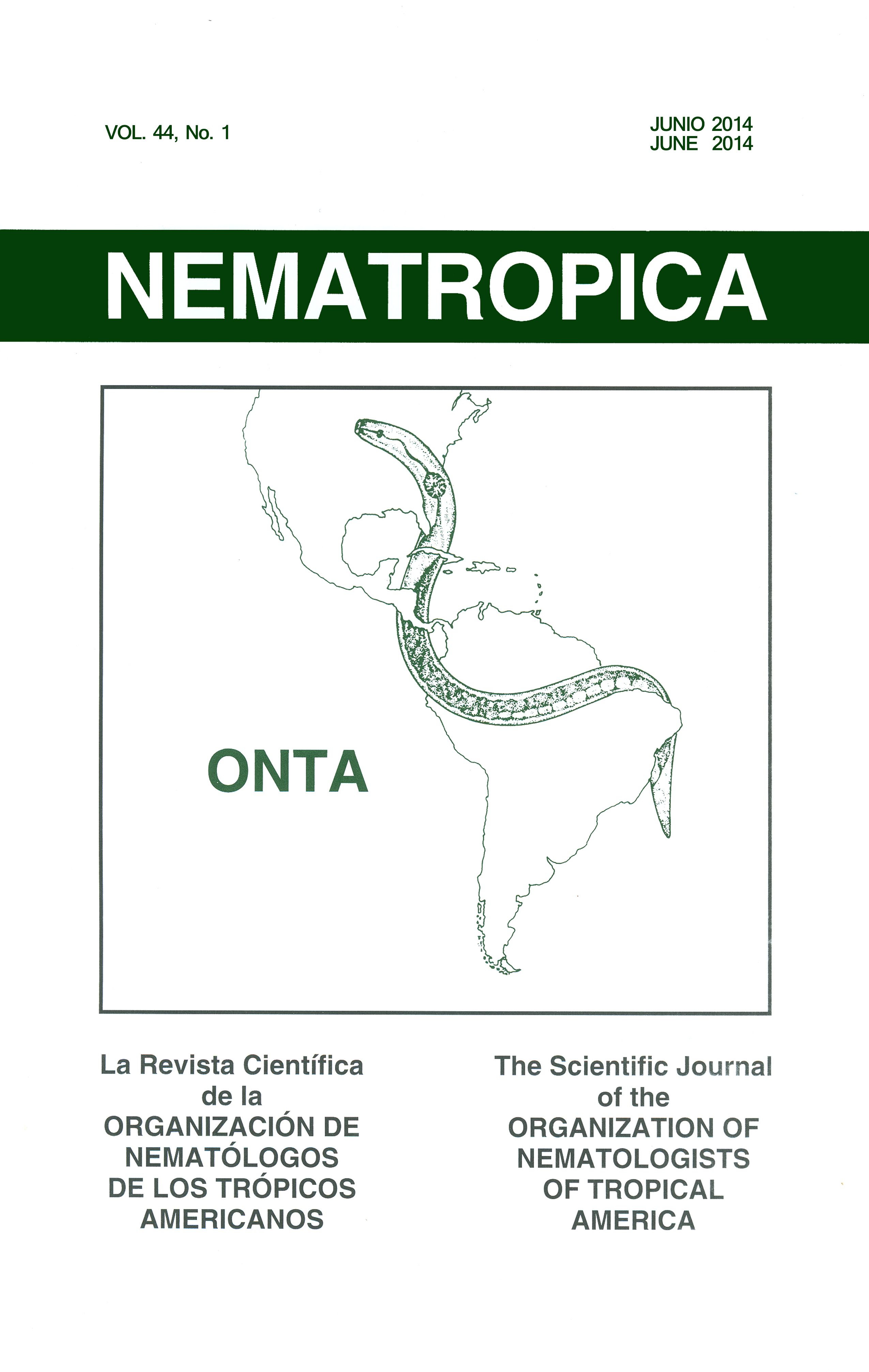Influence of thiabendazole seed treatment on the integrated control of Heterodera filipjevi on six wheat genotypes with different levels of genetic resistance under controlled conditions
Schlagworte:
Heterodera filipjevi, resistant, seed treatment, susceptible, wheat genotypeAbstract
This research investigated the influence of the fungicide, thiabendazole, used as a seed coating on the infection of the cereal cyst nematode, Heterodera filipjevi, on wheat, and studied possible interactions of thiabendazole with wheat genotypes of different genetic sources of resistance. Thiabendazole was applied to the three susceptible (S) wheat genotypes: Seri (spring wheat), Bezostaya, and Gerek (winter wheat) and three moderately resistant (MR) winter wheat genotypes F130L 1.12/ATTILA, Katea, and Sonmez at 25, 50, and 100 g ai/100 kg seeds. Thiabendazole caused a significant reduction in cyst number on Seri, Gerek, and Bezostaya when compared with the respective controls. The number of cysts of H. filipjeviper root system was significantly reduced on the MR genotype when compared to the S genotype in the absence of fungicide seed treatment. Thiabendazole showed a consistent effect on the MR genotype in terms of cysts forming on the root system. Thiabendazole at 50 g ai/100 kg seeds caused the highest reduction in cyst numbers on both S and MR genotypes over the controls. Thiabendazole treatment did not affect plant shoot height, shoot and root weight, nor root length when compared with untreated controls. Symptoms of phytotoxicity were not observed at any of the thiabendazole treatments. The results demonstrated that fungicide seed treatment can lead to reductions in H. filipjevi infection on susceptible genotypes and may increase the effectiveness of moderately resistant genotypes. The mode of action needs further research.Downloads
Veröffentlicht
2014-06-01
Ausgabe
Rubrik
Articles

